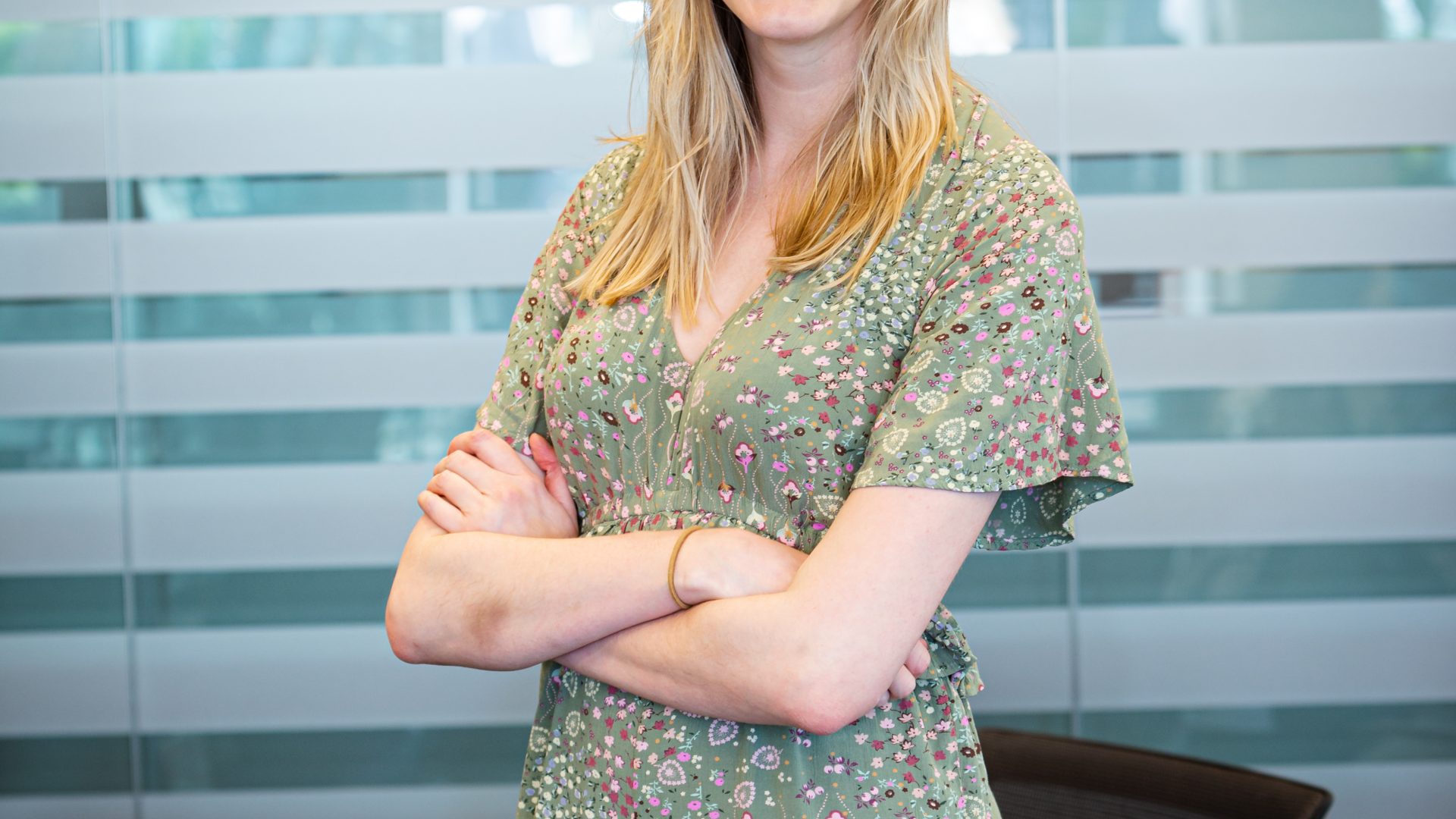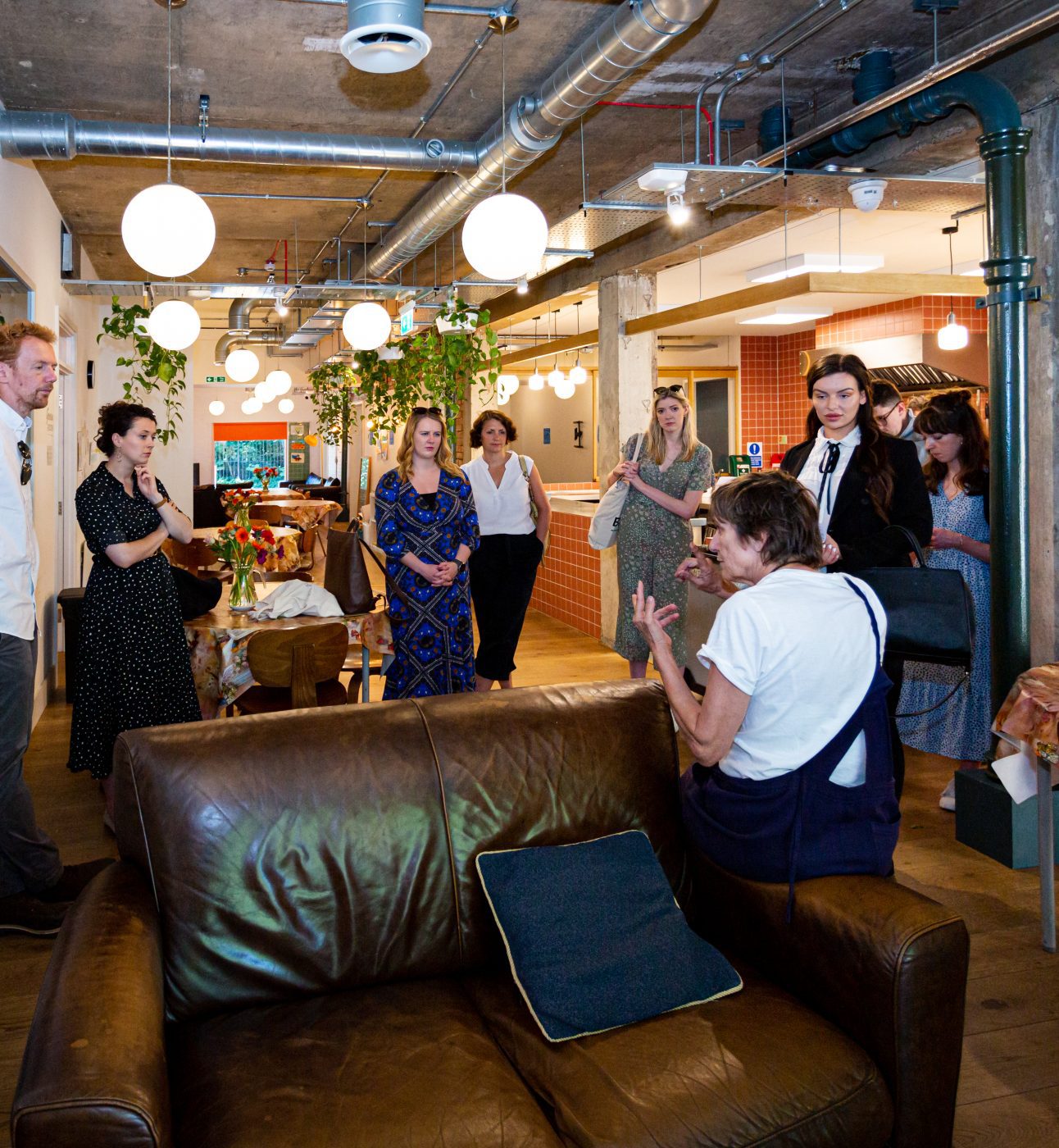At LandAid, we have been working hard to re-develop our Ambassador Programme to ensure that it is creating the most valuable impact for the young people experiencing homelessness that we support, as well as for the property professionals involved, and the companies they work for.
The programme is built on the belief that the next generation is the future, not just of fundraising, but of driving an industry that considers the social impact of its decisions. We want to support the future leaders of today, giving them the tools to create a more socially conscious property industry, for employees and communities across the UK.
Our Ambassador Programme offers multiple ways of being involved with LandAid, all based on the bespoke skills of the individual.
June has been an extra exciting month, as we were able to bring some of our LandAid Ambassadors together in person for the first time in over two years!
The day enabled the Ambassadors from across the UK to work alongside one another, collaborating with surveyors, solicitors, architects, developers and professional designers to generate ideas that can support LandAid in our mission to end youth homelessness.
Most importantly, the day also involved a visit to a youth homelessness charity in London, from Shelter from the Storm, YMCA LandAid House, Cardinal Hulme or New Horizon Youth Centre. There, Ambassadors could see for themselves the types of places that LandAid is funding and the impact that their support can have on the lives of young people experiencing homelessness.



